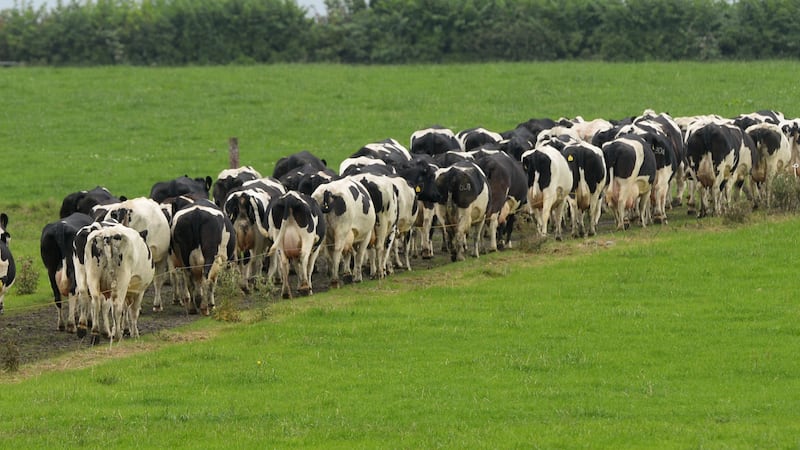Economists and the markets clearly believe the Federal Reserve was correct to start weaning the US off extraordinary crisis-era supports. Some feel it should have happened sooner. Jobless numbers have fallen to near full unemployment and inflation is expected to rise.
The unanimous decision of Fed policymakers to raise interest rates for the first time in almost a decade, however, comes at a time of feverish debate in the US presidential race when the loudest candidates are winning over everyday Americans who feel left behind by the recovery.
Rates are being increased when there is still severe economic inequality, a lightning-rod political issue that has drawn the same kind of support to Donald Trump on the right and Bernie Sanders on the left.
The Fed has been accused of exacerbating inequality. Seven years of near-zero interest rates have hurt Americans looking to put money aside for retirement (effectively losing money in deposit accounts when inflation is taken into account), but helped the wealthiest by propping up the value of share prices and other assets.
‘Wealth effect’
Fed officials believed the “wealth effect” from quantitative easing would benefit the broader economy – akin to the Republican premise of trickle-down economics – by allowing people with more valuable assets to spend more. This has not happened.
The 20 richest Americans have amassed a fortune that is larger than all the wealth of the least wealthy half of the population, 152 million people, according to a recent study by the Institute for Policy Studies, with the biggest income gains coming in the last six years. Since 2009, some 95 per cent of the earnings growth has floated to the top 1 per cent.
Almost 50 per cent of US aggregate income went to upper-income households in 2014, up from 29 per cent in 1970, Pew Research said in a report last week showing a hollowing-out of America’s middle class. The share going to middle-income households has fallen from 62 per cent in 1970 to 43 per cent in 2014.
The Fed’s rate hike may not help alleviate the pain of economic inequality either. Banks and credit unions may decide to keep interest rates on savings low while cranking up rates on mortgages and other consumer loans, using the higher rates to recover fees and boost profits.
Economic inequality doesn’t figure in the Fed’s metrics when turning the interest-rate dial; it’s all about unemployment and inflation.
The Fed decided to raise interest rates based on the “considerable improvement” in the US labour market – unemployment has fallen to 5 per cent – and the view that policymakers are “reasonably confident” inflation will rise over the medium term of the target of 2 per cent.
Beneath the headline unemployment figure, things are not so rosy. Wage growth has barely moved (rising at around 2 per cent per annum and a lot more slowly than the 3.5 per cent rate the Fed considers healthy) and employment of prime-age working people between 25 and 54 remains remains below pre-recession levels.
This points to more structural problems within the US economy linked to the growing power of corporations, the weakening of labour unions and consumers’ rights and disparities created by uneven taxation and loopholes, none of which falls within the Fed’s remit to correct.
Price stability
“It’s not the Fed’s job to fix income inequality. Their job is to look at overall price stability. That’s their first job and their second job is to achieve full employment,” said
Carl Weinberg
, chief economist at High Frequency Economics.
“With that dual mandate, that’s really all they can hope to achieve, and somebody else is going to have to come up with policies to address income inequality and broadening the reach of the economy.”
If, after January 2017, that "somebody else" is one of the Republicans leading the party's race to the White House, the Fed can expect major changes. Some of the party's candidates want it to be less independent and to ignore unemployment when it sets interest rates.
Republican candidate Rand Paul, a libertarian, accused the Fed of making income inequality worse.
“The money as it’s created through quantitative easing or other means tends to start out in the big banks in New York,” he said in November. “And because we’re now paying interest for them to keep the money there, much of that money has not filtered out into the economy.”
Texas Senator Ted Cruz, who is second in the Republican presidential polls, wants the Fed to get back to a "rules-based monetary system, not with a bunch of philosopher-kings deciding".
Those philosopher-kings said they expected the economy to evolve in a way warranting only “gradual” interest rate increases.
The political-kings must choose more urgent action to correct rising inequality, an unintended consequence of nine years of emergency measures by the Fed, and coronation time is less than a year away.
















